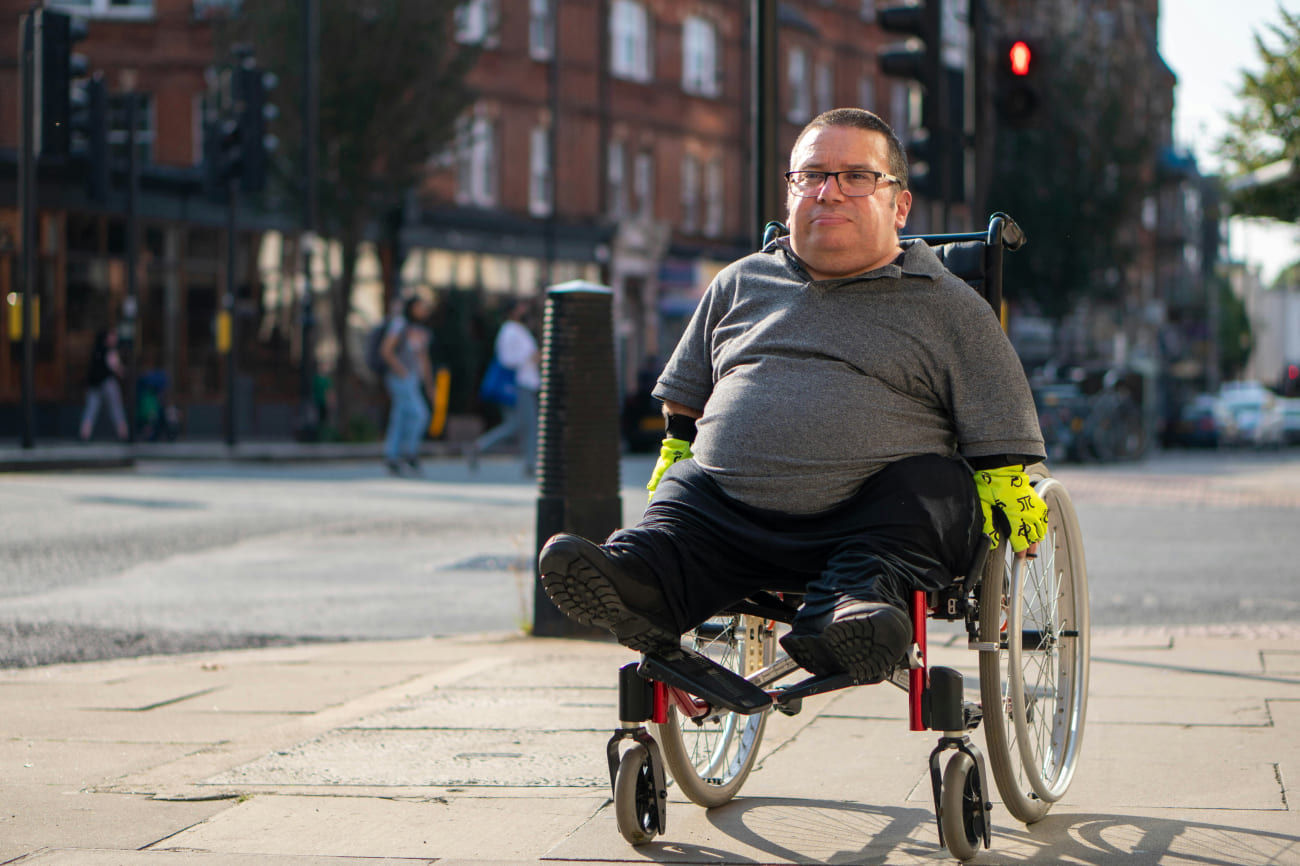A Comprehensive Guide to Muscular Dystrophy

Muscular dystrophy (MD) can sound daunting, but understanding it is key to seeking awareness and support. This genetic disorder affects the muscles, causing them to weaken over time. For those who have muscular dystrophy or know someone who does, gaining insight into what it entails can make a big difference. In this guide, we’ll break down everything you need to know, from its causes and symptoms to its impact in simple terms.
-
What is Muscular Dystrophy?
Muscular dystrophy (MD) is a group of inherited disorders characterized by progressive muscle weakness and degeneration. There are several types, each varying in severity and age of onset. The most common type, Duchenne muscular dystrophy, typically affects young boys, while others, like Myotonic dystrophy, can appear in adulthood.
MD occurs due to genetic mutations that interfere with muscle protein production. Without these proteins, muscles lose their structural integrity over time, leading to the symptoms and complications associated with the disorder.
-
Recognizing the Symptoms
Early signs of muscular dystrophy can vary depending on the type but often include mobility difficulties. For instance, children with Duchenne MD may show delayed walking, clumsiness, or difficulty climbing stairs. Myotonic dystrophy might manifest as prolonged muscle contractions and difficulty relaxing muscles after use.
Understanding these symptoms is crucial for early diagnosis and intervention. While there's no cure, treatments and therapies can help manage symptoms and improve quality of life.
-
Diagnosing Muscular Dystrophy
Diagnosis typically involves genetic testing, muscle biopsies, and electromyography to assess muscle health. Early diagnosis is essential as it allows for timely intervention, potentially slowing the disorder's progression and enhancing the individual's quality of life.
Healthcare providers may also perform blood tests to check for elevated creatine kinase levels, an enzyme released by damaged muscles. These tests help confirm if muscle damage characteristic of MD is present.
-
Living with Muscular Dystrophy
Living with this condition requires a multifaceted approach. Physical therapy is often recommended to maintain muscle strength and flexibility, and occupational therapy can assist individuals in adapting their daily activities to accommodate physical limitations.
Support from healthcare providers, as well as family and community resources, plays an integral role. Emotional support is just as important as living with a chronic condition, which can be challenging. Support groups and counseling can provide a valuable network of understanding and encouragement.
-
Exploring Treatment Options
While there is currently no cure for muscular dystrophy, significant progress has been made in treatment options and research. Medications, physical therapy, and surgical interventions can help manage symptoms and improve quality of life. In recent years, promising advancements in gene therapy and stem cell research have provided hope for potential future treatments.
Ongoing research efforts aim to understand better the underlying genetics and mechanisms of muscular dystrophy to develop more effective therapies. Clinical trials offer opportunities for individuals to participate in cutting-edge research and contribute to advancements in the field.
Muscular dystrophy is a complex condition that profoundly affects individuals and families. By understanding the nature of the disease, recognizing its symptoms, and exploring available resources, we can better support those impacted by it. Whether you're seeking information for personal reasons or looking to raise awareness, sharing this knowledge can make a difference in the lives of those affected by muscular dystrophy.
